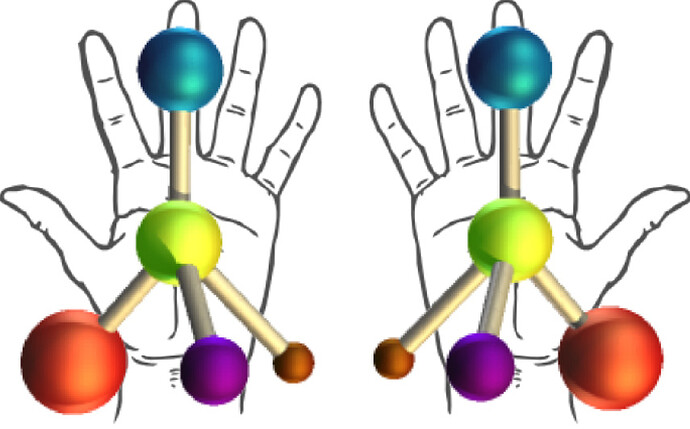Divide and conquer: Creating better medicines with fewer side effects - Importance of molecular chirality
-
A new study describes a breakthrough technology with the power to create drugs with fewer unwanted side effects.
-
Chemical compounds are made up of molecules. The most important molecules in biology are chiral molecules. “Chiral,” the Greek word for “hand,” describes molecules that look almost exactly alike and contain the same number of atoms but are mirror images of one another – meaning some are “left-handed” and others are “right-handed.”
-
This different “handedness” is crucial and yields different biological effects.
-
Understanding chiral differences was made painfully clear by the drug thalidomide. Marketed to pregnant women in the 1950’s and 1960’s to ease morning sickness, thalidomide worked well under a microscope. However, thalidomide is a chiral drug -its “right” chiral molecule provides nausea relief while the “left” molecule causes horrible deformities in babies. Since the drug company producing Thalidomide did not separate out the right and left molecules, Thalidomide had disastrous results for the children of women who took this medication.
-
Though a crucial step for drug safety, the separation of chiral molecules into their right- and left- handed components is an expensive process and demands a tailor-made approach for each type of molecule. Now, however, following a decade of collaborative research, scientists have discovered a uniform, generic method that will enable pharmaceutical and chemical manufactures to easily and cheaply separate right from left chiral molecules.
Koyel Banerjee-Ghosh, Oren Ben Dor, Francesco Tassinari, Eyal Capua, Shira Yochelis, Amir Capua, See-Hun Yang, Stuart S. P. Parkin, Soumyajit Sarkar, Leeor Kronik, Lech Tomasz Baczewski, Ron Naaman, Yossi Paltiel. Separation of enantiomers by their enantiospecific interaction with achiral magnetic substrates. Science, 2018; eaar4265 DOI: 10.1126/science.aar4265
